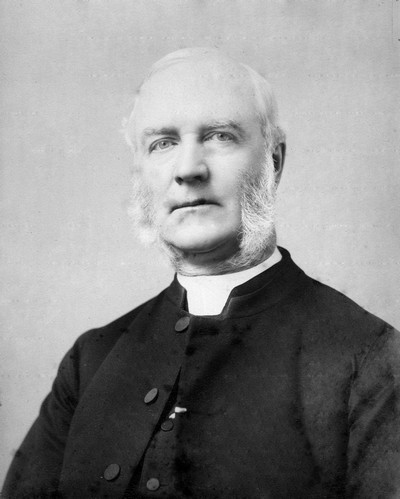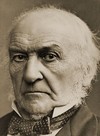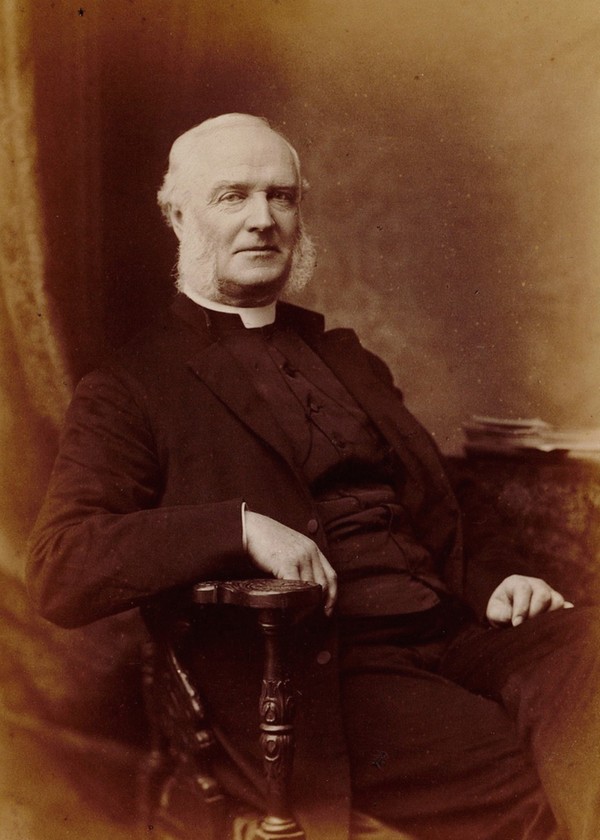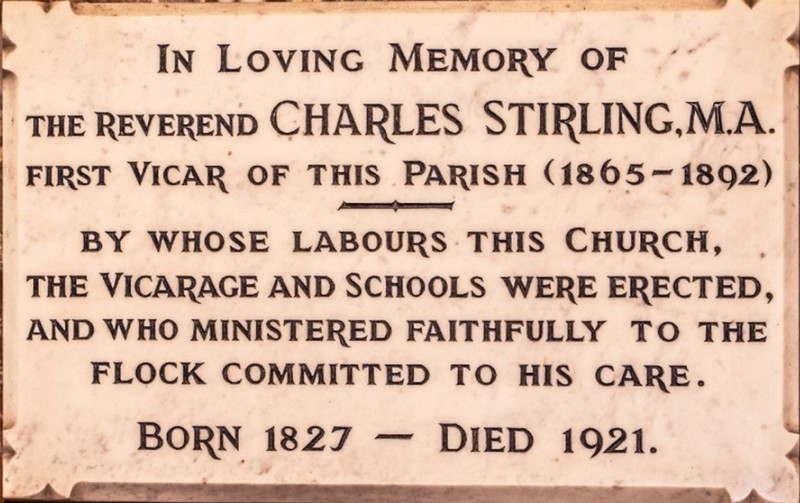Charles Stirling (1865-1892)

Charles Stirling was the Parish’s first Vicar, arriving in New Malden with his wife Mary on 19th April 1865. It was under him that the original Christ Church was built between June and December 1866. Charles Stirling remained Vicar of Christ Church for twenty seven years until his resignation in 1892.
The strongly evangelical nature of Christ Church was apparent from its very beginning with its vicar deeply concerned at the nineteenth century Anglo-Catholic revival within the Church of England and the emancipation of Roman Catholics. His comment in a Conservative meeting that W.E. Gladstone’s ‘heart and soul were devoted to the papacy’ led to the resignation of his Choir-Master (and former Churchwarden 1883-1885) Edwin Farley, who wrote to the four times Prime Minister requesting 'authority to deny this absurd and ridiculous statement'.
W.E. Gladstone responded thus:
|
Image

|
The publication of Farley's letter and Gladstone's reply in the Surrey Comet prompted a response from Stirling that revealed the depth of his anger with not only the Liberal government of Gladstone, but also Tory/Conservative governments of Wellington, Peel and Salisbury, for giving too many rights to Catholics.
I am accused of having in my arguments introduced religion into politics. I meet this with a denial, and for the simple reason religion was there already. When we review our country’s history from the Reformation to the Revolution we find it to be one continuous struggle against the supremacy and machinations of Rome. In 1688 complete victory was won for the Protestant cause and legislation, careful and elaborate, was carried through for preserving the precious jewel of the Protestant religion, with which our forefathers had become fully aware that the liberties of England were inseparably bound up. The Sovereign was pledged by oath to maintain ‘to the utmost of his power’, the true profession of the Gospel, and the Protestant religion as by law established’…
Mrs Mary Stirling
The role of a clergyman’s wife in the late Victorian era was an important one. Mrs Mary Stirling led a team of District Visitors and was assiduous in visiting those who were seriously ill or dying. She also led a Vicarage Working Party which made clothes and other articles for the poor.
Charles Stirling made reference to his wife’s ‘judicious kindness, and unremitting care in the discharge of her parochial work’. When their daughter, also called Mary, was old enough she too became immersed in the work of the parish.
The resignation of Charles Stirling
In 1892, Charles Stirling resigned the living of Christ Church and announced his secession from the Church of England. He had been Vicar for twenty seven years and eight months. His last Sunday was 6th November. In the morning, he preached on Galatians 5.1 ‘Stand fast therefore in the liberty wherewith Christ hath made us free, and be not entangled again with the yoke of bondage’ and in the evening on Hebrews 13.13 ‘Let us go forth therefore unto him without the camp, bearing his reproach’.

After his resignation, the family moved to Richmond where his wife Mary died in 1901, at the age of 70. Charles Stirling continued to speak and write against ‘Popery in the Church of England’. He lived to the age of 94, dying in 1921, and is remembered by a plaque in the south wall of Christ Church.

| Home | Building CCNM 1866-92 | William Challacombe | ||
